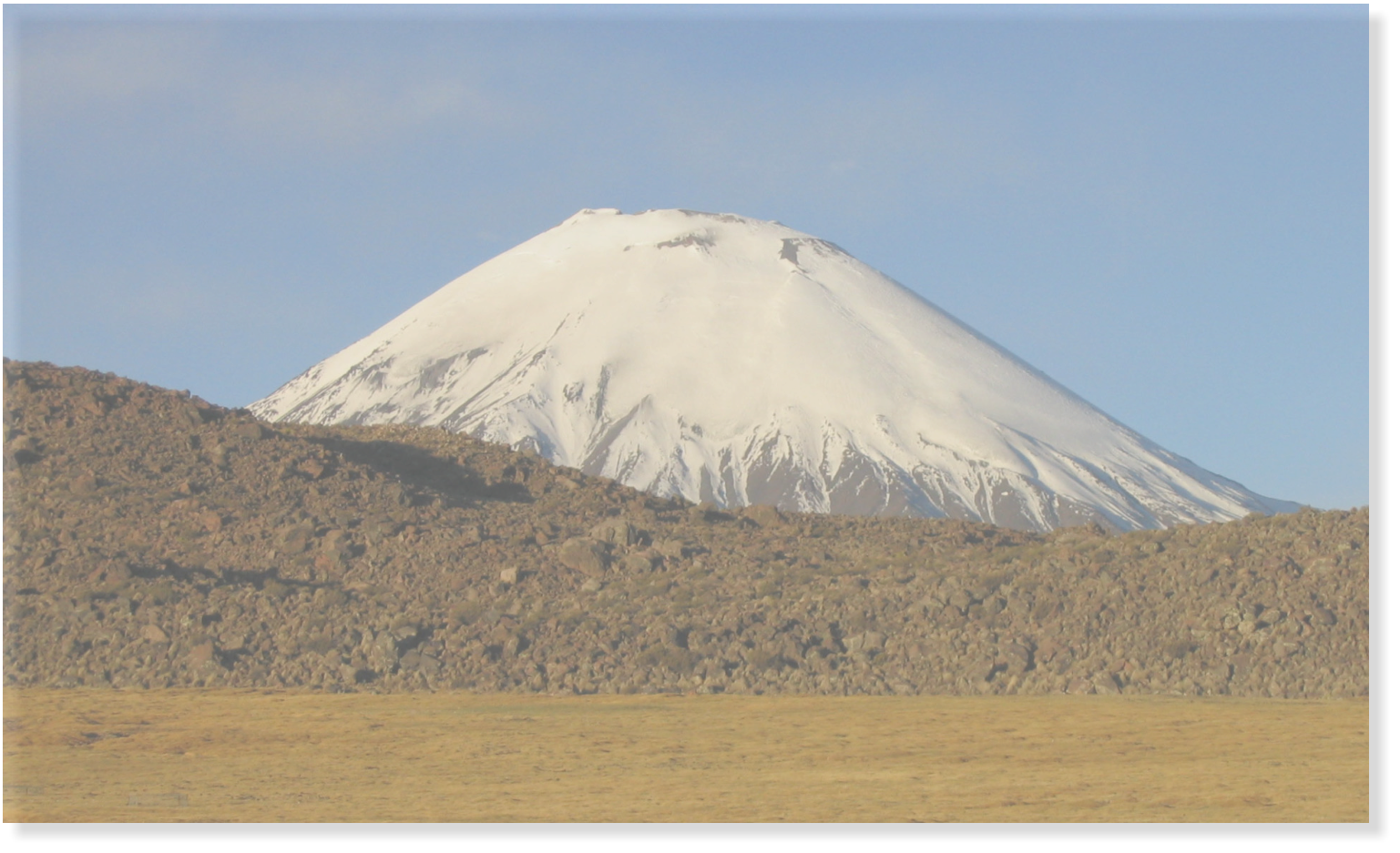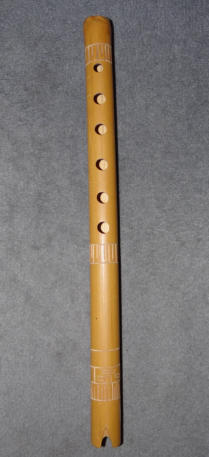
The quena (qina in Quechua), kena, kena kena, khena, quena quena, quena mala quena mediana, pusiphia quena,
taikapusiphia, malta, Liku, Quenilla, quenacho, lichiwayu, Paqi, Taipi, qolta, paceño (mala and ch'ili) or chokela,
is a straight flute used in the Andes since the time Chavin in Peru, there are more than two thousand years.
Modern quena appeared in the sixteenth century; it is derived from both the pre-Hispanic quena, which had five holes maximum
and flute European beak. It is found today in Peru, Bolivia, Argentina, Ecuador, Chile,
Colombia, Venezuela and Guyana.
Multiple kinds of Andean flutes are derived from three models: the notched flute (which can be median,
lower or higher, compared to the thickness of the tube), recorder (or tarkas pinquillos, current at the time of the Chimu,
what abundantly evidenced by the pre-Columbian whistling vases) and the siku technologically probably the oldest.
The ingenuity of the people of the Andes was varied to the point that these models in lists (based musicologist
Alejandro Vivanco) nearly 115 different variations..









